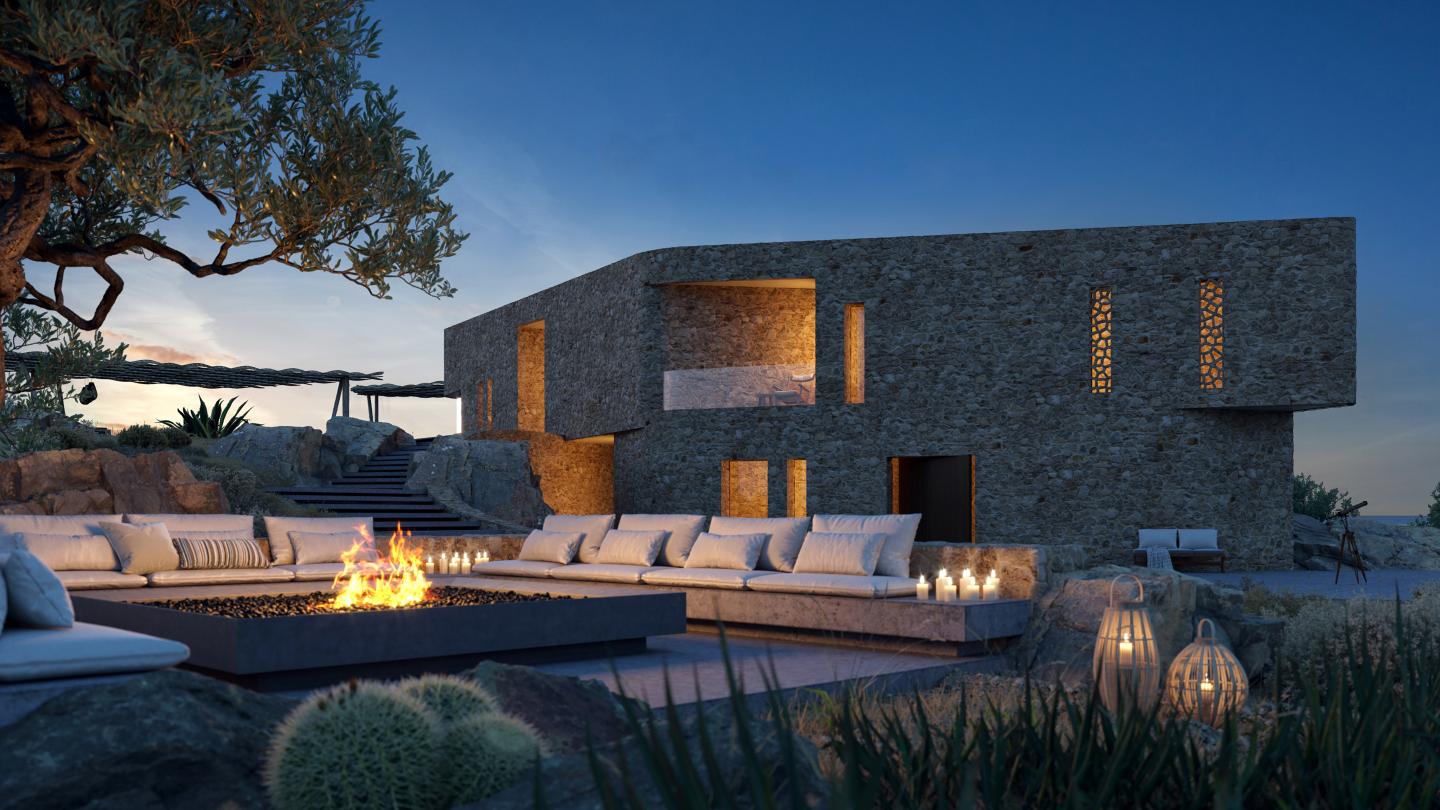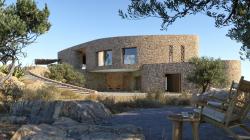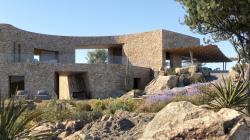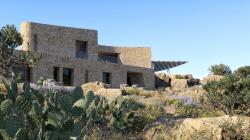The design uses the geomythological approach to make a connection between the Lernaean Hydra myth and the natural features of Argolic topography. According to one interpretation, the Hydra symbolizes the hydrology of the particular geographical area, whereas the battle of Hercules with the beast stands for man’s attempts to cure the ills emanating from local phenomena, such as the harmful presence of the Lerna marshes might have been. In his drawing “Hercules Killing the Hydra”, Raphael Lamar West accurately captures the intense effort with which man confronts nature. Besides the mythological aspect, one could also identify a conjunctural similarity between the "forms" in West's drawing and the project area’s topography.
The architectural “idea” renders, on both a pragmatic and semiotic level, on one hand the curvilinear nature of the terrain of the Place, and on the other the historical metaphor, by setting the building volumes in place and coordinating their “movement” as if they were life-size carved stones, an integral part of the natural environment. At the intersection of historical memory and the idiom of the landscape – as embodied in the proposed design – an architecture is created that can mobilize the senses, revive emotions, unfold the promise of a life experience in a “theatrical” way. Formulating an architecture intimate and yet unexpected, precise albeit inventive, narrative and simple still, primordial and contemporary at the same time.
2019
0000
Favorited 1 times








